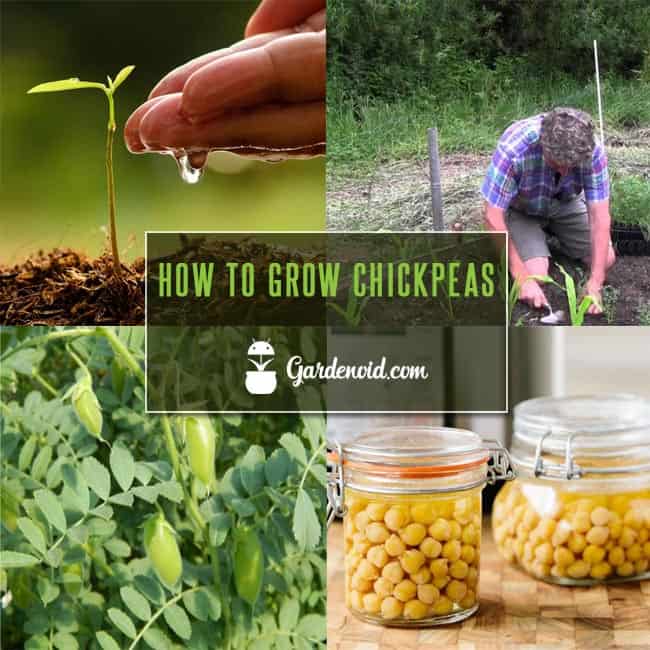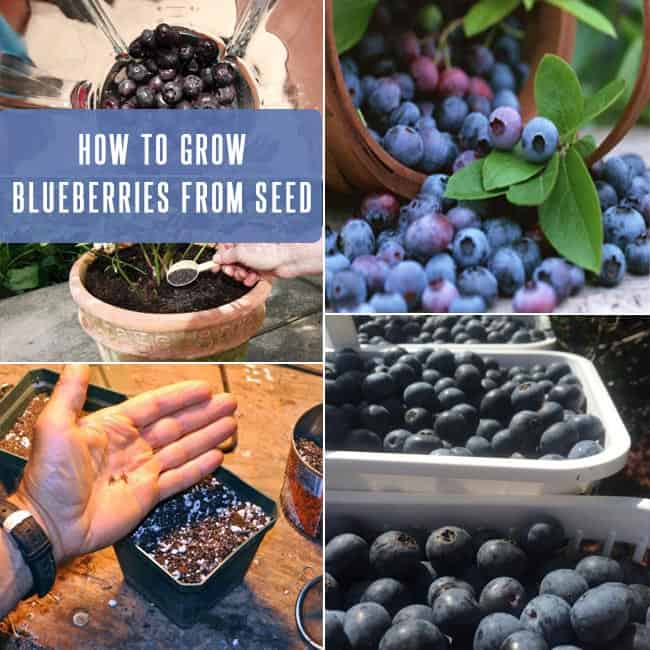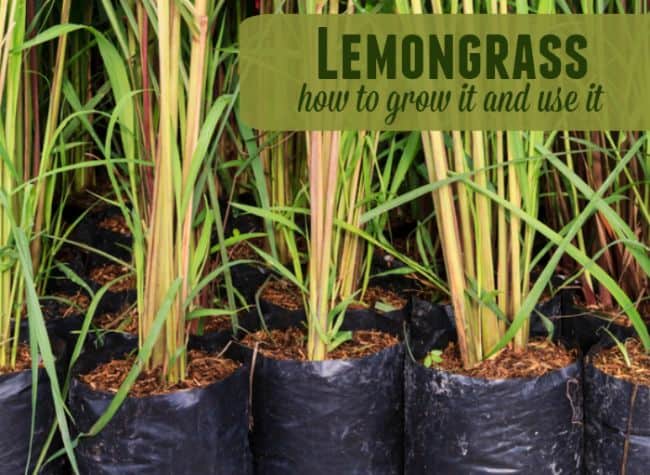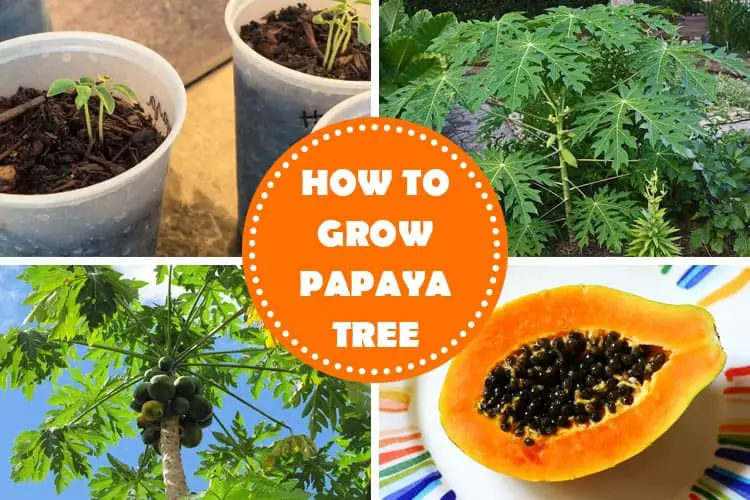How to get Rid of Cabbage Worms Organically
As I looked at my cabbage patch, the sight of those voracious cabbage worms made me shudder. Fear not, for there are ways to combat these pests effectively.
From manual removal to introducing natural predators, numerous methods can help tackle the cabbage worm menace.
Stick around to discover the secrets to reclaiming your cabbage plants and keeping these destructive critters at bay.
Key Points
- Regularly inspect brassica crops for green caterpillars and white eggs.
- Implement manual removal techniques like hand-picking caterpillars and wiping away eggs.
- Use biological controls such as parasitic wasps and organic sprays like neem oil.
- Employ physical barriers like row covers and traps to deter and control cabbage worms.
Identifying Cabbage Worms
When identifying cabbage worms, closely inspect brassica crops like cabbage and mustard plants for green caterpillars feeding on the leaves. These pests, belonging to the cabbage family, can cause significant damage to your garden.
Look for white eggs laid by female cabbage worms on the undersides of leaves, which hatch into larvae that voraciously feed on the foliage for about 15 days. Imported cabbageworm larvae are velvety green with yellow stripes, while the adult butterflies that emerge are white or pale yellow with black spots.
Cabbage worms can bore into cabbage heads, create irregular holes in leaves, and decimate mature plants down to the stems. The damage they cause includes translucent scars on leaves, contamination of cabbage heads, and the challenge of dislodging the larvae once they’ve taken hold.
Early identification of these pests is crucial for effective management in your garden.
Life Cycle Overview
Cabbage worms progress through four distinct life stages: egg, larva, pupa, and adult.
Adult butterflies lay eggs on host plants, initiating the cycle. Larvae emerge from eggs and consume plant foliage before transitioning to pupae.
Life Cycle Stages
During the life cycle of imported cabbage worms, they progress through distinct stages from egg to adult butterfly. The journey begins with tiny yellow eggs laid on host plants, which hatch into velvety green larvae with yellow stripes.
These voracious larvae feed on their host plants, growing rapidly until they enter the pupa stage.
Pupation lasts around 10 days, during which the larvae transform into adult butterflies. The adult butterflies then emerge, ready to continue the cycle by laying eggs on suitable host plants.
Understanding these life cycle stages is crucial for developing effective targeted control methods to manage cabbage worms and protect crops from their damage.
By focusing on disrupting specific stages, such as egg-laying or larval feeding, we can implement more efficient control strategies.
Predator-Prey Interaction
In the intricate dance of nature’s balance, the predator-prey interaction between cabbage white butterflies and cabbage worms plays a pivotal role in the overall life cycle dynamics. Cabbage white butterflies lay their eggs on cruciferous plants, giving rise to larvae known as cabbage worms.
These voracious feeders can cause significant crop damage if left unchecked. Understanding this relationship is crucial for implementing effective pest control measures.
By studying the life cycle of both the butterflies and the worms, farmers and gardeners can develop prevention strategies to minimize infestations. Implementing control methods that disrupt this predator-prey interaction can help reduce the impact of cabbage worms on crops, leading to healthier and more robust plants.
| Predator | Prey | Interaction |
|---|---|---|
| Cabbage White Butterflies | Cabbage Worms | Egg laying and feeding |
Damage Assessment
When evaluating cabbage worm damage, it’s essential to observe irregular holes and translucent scars on plant leaves, as these are telltale signs of their presence.
Monitoring infestation levels involves checking for larvae, eggs, and the extent of plant damage to determine the severity of the infestation.
Regular inspections are crucial in identifying early signs of cabbage worm infestation and implementing effective pest control measures.
Identifying Cabbage Worm Damage
Cabbage worm damage is easily identified by irregular holes chewed into cabbage plant leaves and heads, along with translucent scars. These holes indicate the feeding activity of cabbage worms.
As the infestation progresses, mature plants can be reduced to stems and cabbage heads may be contaminated. Difficulty in dislodging cabbage worms from plants is another sign of infestation.
Look for fecal matter (frass) near the holes as a clear indication of their presence and feeding habits.
Monitoring Infestation Levels
To assess the damage caused by cabbage worm infestation, meticulous monitoring of cabbage plants is crucial in identifying the extent of the problem. During monitoring, focus on inspecting cabbage plants for irregular holes in the leaves, translucent scars, and the presence of frass, which are indicative signs of cabbage worm infestation.
Check the undersides of the leaves for tiny yellow eggs, a clear indication of cabbage worm larvae presence. Assess the plant centers where cabbage worms hide and feed to determine the severity of the infestation.
Keep a record by counting the number of worms found and the level of damage observed to track infestation levels accurately.
Manual Removal Techniques
Inspect your cabbage plants regularly and manually remove cabbage worms by hand to effectively reduce infestation levels.
When inspecting your plants, pay close attention to the undersides of leaves where cabbage worm eggs may be present. These small, spherical eggs are usually laid in clusters and are best removed by wiping them away gently.
By preventing the eggs from hatching, you can significantly decrease the population of cabbage worms on your crops. When manually removing cabbage worms, it’s best to squish them between your fingers to ensure they aren’t able to cause further damage to your plants.
This method of control isn’t only sustainable and eco-friendly but also helps protect your crops from both cosmetic and structural harm.
Implementing Row Covers
Regularly checking cabbage plants for cabbage worm infestations allows for timely intervention strategies, like using row covers to deter cabbage moths. Row covers act as barriers that prevent cabbage moths from laying eggs on the plants, disrupting their life cycle and reducing infestation chances.
Key points to consider when using row covers for cabbage worm control include:
- Hoop structures support and secure floating row covers effectively over crops.
- Floating row covers protect against cabbage white butterflies and provide benefits like frost protection and shading for delicate plants.
- Covers can be easily lifted for plant maintenance and harvesting, ensuring convenience.
- Early implementation of row covers in the season is crucial for pest control to prevent infestation and damage by cabbage worms.
Companion Planting Strategies
In companion planting strategies for cabbage worm control, incorporating specific herbs and plants can effectively deter pests and promote a healthier garden ecosystem.
By strategically planting thyme, mustard, borage, chamomile, and celery alongside cabbage, it is possible to create a natural defense system against cabbage worms and cabbage moths.
These companion plants help repel pests and attract beneficial insects that prey on cabbage worms, contributing to a more balanced garden ecosystem.
| Plant | Role |
|---|---|
| Thyme | Masks the scent of susceptible plants, deterring cabbage worms |
| Mustard | Acts as trap crops, drawing cabbage moths away from main crops |
| Borage | Repels cabbage moths and attracts beneficial insects that prey on cabbage worms |
| Chamomile | Repels cabbage moths and masks the scent of cabbage plants |
| Celery | Deters cabbage moths from laying eggs on cabbage plants |
Utilizing these companion planting techniques helps in controlling cabbage worm infestations and fosters a more sustainable and biodiverse garden environment.
Biological Controls: Parasitic Wasps
To effectively combat cabbage worms, harness the power of parasitic wasps, especially Trichogramma wasps. These tiny wasps lay eggs inside cabbage worm eggs, preventing them from hatching. The hatched larvae then feed on the cabbage worm eggs, helping to control their population.
Introducing parasitic wasps into your garden offers a natural and chemical-free way to tackle cabbage worm infestations. This method not only protects cabbage crops but also promotes a balanced and healthy garden ecosystem.
Organic Sprays for Control
Utilizing organic sprays is a practical approach for controlling cabbage worms in an eco-friendly manner. Neem oil, derived from the neem tree, serves as an effective natural pesticide against cabbage worms and other soft-bodied pests by disrupting insect larvae growth and development.
Bacillus thuringiensis (Bt), an organic pesticide toxic to butterfly and moth larvae, sprayed every two weeks can help reduce cabbage worm numbers without harming beneficial insects.
A homemade spray made from vinegar, water, and soap can also be used for comprehensive coverage. These organic solutions align well with gardening practices, providing safe ways to combat cabbage worms without harsh chemicals.
Incorporating neem oil, Bt sprays, or homemade remedies enables eco-friendly control of cabbage worms while safeguarding beneficial insect populations.






